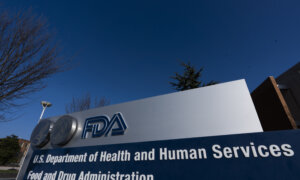The U.S. Food and Drug Administration on Monday set maximum levels for lead in baby foods like jarred fruits and vegetables, yogurts, and dry cereal, part of an effort to cut young kids’ exposure to the toxic metal that causes developmental and neurological problems.
Reducing Lead Exposure
The agency issued final guidance that it estimated could reduce lead exposure from processed baby foods by about 20 percent to 30 percent. The limits are voluntary, not mandatory, for food manufacturers, but they allow the FDA to take enforcement action if foods exceed the levels.
Protecting Children's Health
Consumer advocates welcomed the guidance but expressed concerns that it didn't go far enough in protecting children from harmful metals like lead. There's no safe level of lead exposure for children, and the FDA's efforts are aimed at minimizing exposure as much as possible.
New Lead Limits
The FDA guidance sets specific lead limits for different types of baby foods, including fruits, vegetables, grains, meat mixtures, yogurts, custards, puddings, root vegetables, and dry infant cereals. These limits are intended to ensure the safety of packaged processed foods sold for young children.
Industry Response
While some industry representatives have claimed that their products meet the new lead limits, critics argue that the limits are not stringent enough to truly protect public health. The debate continues on how best to regulate the levels of harmful substances in children's foods.
Lead limits, baby foods, FDA, children's health, food safety




